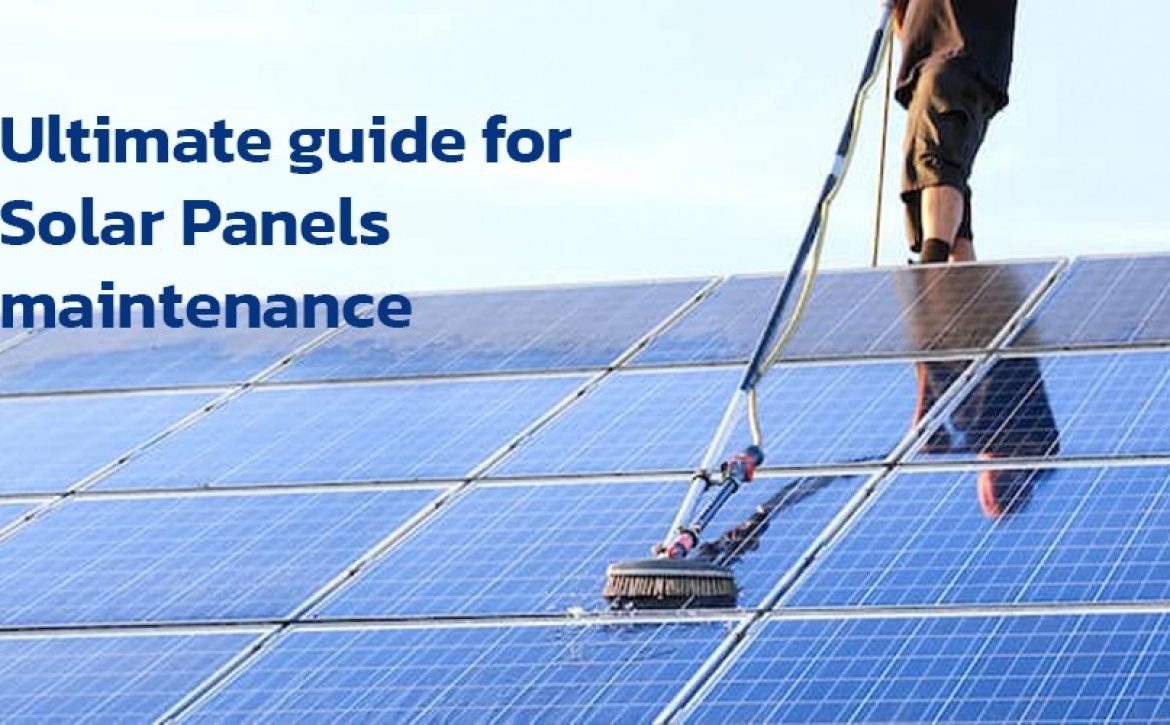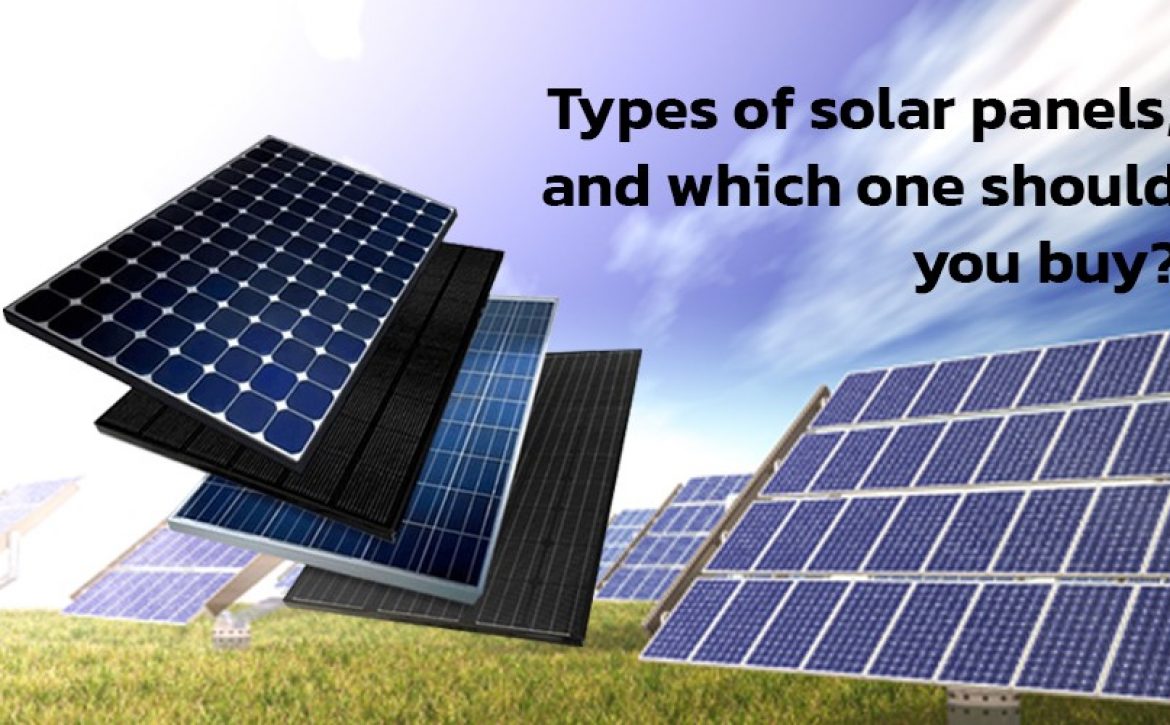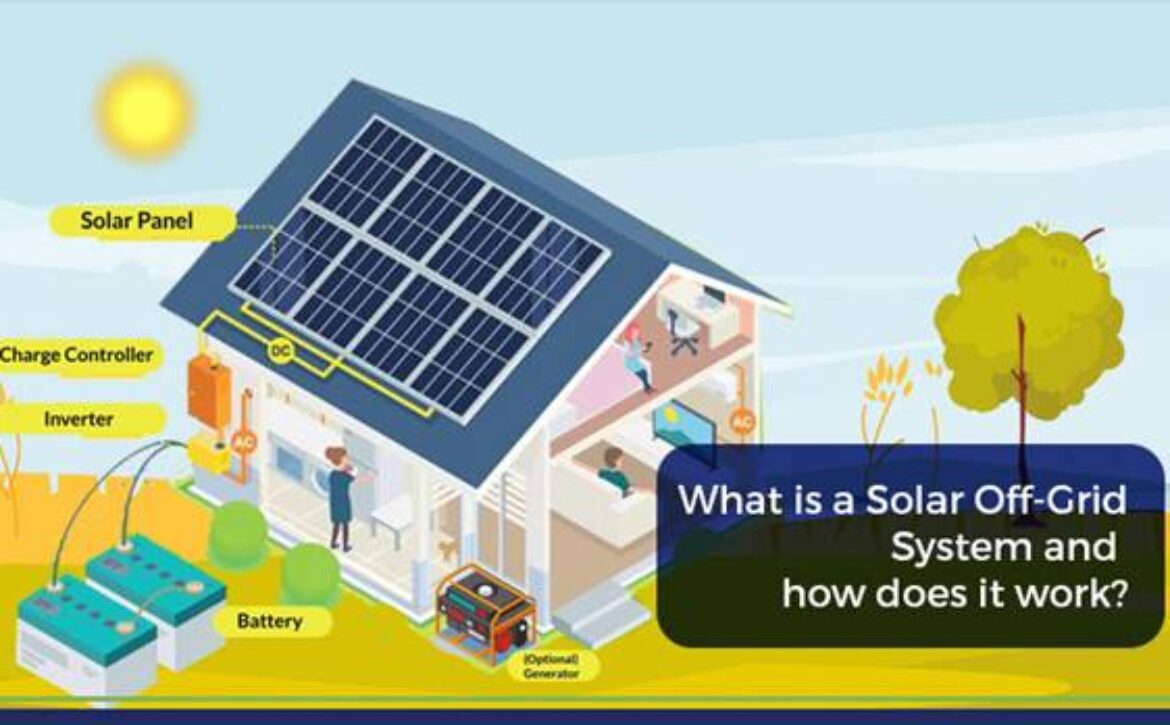Ultimate Guide For Solar Panels Maintenance
Solar panel maintenance is minimal with a properly installed solar system. However, keep the following maintenance guidelines in mind to keep your solar system in good working order.
Tips for Solar Panels Maintenance
Once correctly established, a solar energy system requires little upkeep. A good solar system can easily last for more than 15 years. Solar panels, in fact, come with a 25-year performance warranty. With proper care, you can expect a consistent and maximized output over a lengthy period of time. Here are the best tips for maintaining solar panels :
1. Cleaning Solar Panels
Cleaning the solar panels is simple but time-consuming. It guarantees that the solar cells are not obscured and receive the most amount of insolation possible. Solar panels must be kept clean in order to maximize their energy output. Cleaning the glass on the panels is a straightforward task that can be repeated as needed depending on the amount of grime that has accumulated. Use a gentle towel or wash rag and biodegradable soap to clean the panels. If you’re merely dealing with dust, a hose pipe filled with water can be used to spray the panels.
2. Keep Away from Shading
When you conduct a thorough site investigation prior to installation, one of the things you want to avoid is shading. Once the panels are in place, keep an eye out for shading, such as new high trees, which will reduce the amount of energy produced by the system. You don’t have to cut down trees, but you can prune them to keep the panels from being shadowed.
3. Performance Monitoring
Monitoring the system’s performance on a daily, monthly, quarterly, and annual basis is the only approach to notice a problem.
Solar panel upkeep is required on a daily basis. Daily checks should include checking the inverter display for proper operation and the presence of the green light, failing which you should consult the handbook. Also, keep a daily record of the system’s output so that you can track its success over time. This is something that most modern inverters and monitoring software will take care of for you.
The cleanliness of the panels, as well as the collection of any dust and debris under and around the PV array, is checked on a monthly and quarterly basis. Annual maintenance checks are more rigorous and should include a complete examination of the entire system to ensure that it is functioning properly.
Read Also: Top 10 Solar Panel Manufacturers in India
Yearly Solar Panels Maintenance Cost
The following are some of the annual solar panels maintenance cost services:
· Review the daily performance statistics to discover any large variations in output as a general performance check of the system.
· Ensure that the solar panels are clean, free of fractures, scratches, corrosion, moisture infiltration, and browning.
· Cabling should be double-checked to confirm that it is secure and that string voltages are within the specified tolerance.
· Ensure that the mounting hardware is in excellent working order and that the earth connection is maintained.
· Inspection of junction boxes to check that there is no water collection and that the lid seals, connections, and clamping devices are in good working order.
· Breakers must be inspected for any damage and the isolation devices must function properly.
· Water damage to fuse boxes and resistive joints on connections is checked.
· Inspect the inverters for any damage, check for any resistive joints on connections, and confirm the DC voltage entering the inverter.
How much does it cost to maintain a PV solar system?
One of the most nerve-wracking aspects of your day or week can be waiting for the call to find out how much a repair will cost. We’ve been there before. The bad news is that the cost of a solar system repair varies greatly. The good news is that it won’t matter if you buy high-quality parts and work with an installation that will stand behind its work.
You may be insured if something goes wrong with a piece of equipment. For a set amount of time, manufacturers’ warranties include solar panels, inverters, batteries, and racking.
You may be covered by a solar installation guarantee, depending on the solar EPC company you choose. These warranties are in addition to the manufacturers and pertain to the actual design and installation of your system. Our Triple Ten Guarantee at Paradise Energy protects your system above and above the manufacturer’s warranties on your equipment, ensuring that your panels stay operational.
Another thing to consider is the cost of removing and reinstalling your solar panels if your roof has to be repaired. Depending on the system size, site circumstances, and the entire scope of required repair, this may cost homeowners anywhere from Rs.3,000 to Rs.10,000. Businesses could spend upwards of Rs.20,000 on advertising.
Conclusion
Solar panels are among the most low-maintenance house upgrades available. Many panels, in fact, outlast their 30-year warranties; panels from the 1970s are still providing power today! When it comes to your solar panels, though, a little extra attention can go a long way. Better health means more efficiency, which means your solar panels will last longer.
Read Also: The Ultimate Guide to Solar Panels For Home Installation







 Get Quote
Get Quote